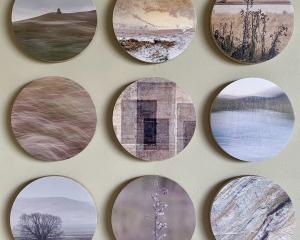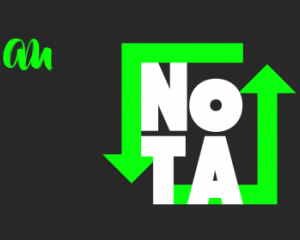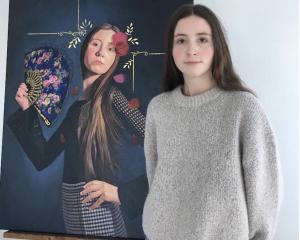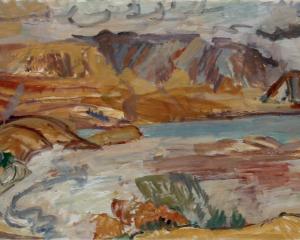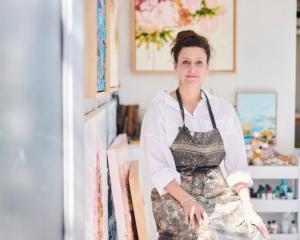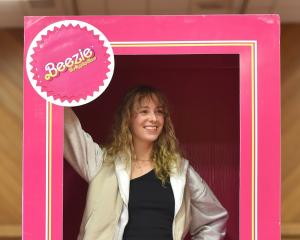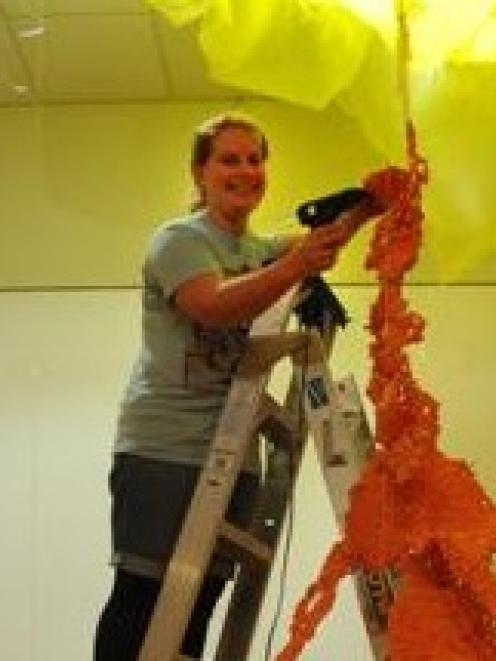
Discarded keyboards, used green plastic silage wrap and damaged clothes-drying racks are some of the things that inspire artist Joanna Langford to create her whimsical sculptures.
Last year's Frances Hodgkins Fellow at Otago University, she is showing "Honey in the Rock" at the Hocken Gallery.
"I try and use materials that are easy to come by and as much as possible that are already existing - old or recycled materials, and I work a lot in a modular way.
I like to find things that are modular that I can use as building blocks," she said.
After graduating from Canterbury University in 2004, she worked at Wanaka Wastebusters before moving to Wellington.
There she worked part-time at the recycling shop before her fellowship year in Dunedin, and will return to work there after installing her exhibition here.
"It's the perfect place to be to source material.
I try to find things nobody else wants."
Because she does not sell work, she relies on commissions from galleries but they are too inconsistent to live off.
Having another job also helps balance the intensity of making art all the time, she says.
Langford grew up on a farm in Gisborne, running wild, collecting and making things.
She enjoyed art at school and continued with it, studying at polytech in Hamilton then Canterbury University.
Although her whimsical landscapes, miniature high-rise cities complete with LED lights, teetering scaffolding made of kebab sticks, and clouds of coloured plastic bags may look as if they have fantastical stories behind them, she says her fascination is actually with making the installations and seeing how far she can push materials.
She often gives herself the task of working with two or three materials and seeing where it will go.
When Langford gets the items she has collected to her studio, she starts taking them apart and putting them together in different configurations, and the story starts unravelling from that, she said.
"I like that kind of alchemy where you can transform everyday materials - that's more where I'm coming from, but it's all a bit of a mixture."
However, she likes the idea that viewers can imagine what they will in her work, and that it can start an imaginary journey for them.
The central piece in the Hocken exhibition is made of polystyrene balls from an old bean bag Langford has painted orange, yellow plastic shopping bags, and lots of her trademark bamboo kebab sticks stuck together with hot glue in teetering structures.
She started working on it with a drawing in Photoshop, a computer program for editing graphics.
She placed the drawing in a photograph of the gallery so she could work with it virtually.
"I'll also work with the materials in the studio and do a kind of practice to get a sense of what sort of tone I want, and what techniques I want to use. I try to have modular things ready to make it as easy as I can, depending on the time I have to install.
"When I get to the gallery, I try and respond to the actual space when I start to install it."
The more time Langford gets to work in the space, the more site-responsive the work gets, she says.
She had 10 days to install her exhibition at the Hocken, and decided that besides the works she had planned, she wanted to build a scaffold structure that responded architecturally to the place.
Also in the show is a digital animation, the result of an artist's residency in Iceland in 2008.
She developed a fictional landscape from images she took of lava fields and buildings.
"I like landscapes that lie in the balance that could be fictional or real. As research I try to travel to places that hang in the balance, like Iceland or Peru or Turkey."
Here she's been fascinated with the Organ Pipes stone formation on Mt Cargill, and its connection with the city.
Langford thinks of her work as a continuous project, with things on the boil until they come to a full stop in an exhibition.
During her fellowship year, she had five shows around New Zealand - two in Wellington, and one each in Christchurch, Gisborne and Hokianga.
She was constructing another work for Scape in Christchurch when the February earthquake struck.
It was to be made out of silage wrap and milk containers and sit on crane masts, she says, but now she doesn't know when it will be finished.
After the Hocken exhibition, she will show works from the past 10 years at Pataka in Porirua, Wellington.
Her earlier works have been dismantled and stored in boxes.
She plans to reconfigure them, trying to reassemble the components - although she probably won't be able to avoid tweaking them, she says.
See it
"Honey in the Rock" by Joanna Langford, 2010 Frances Hodgkins Fellow at the University of Otago, is at the Hocken until April 4.

